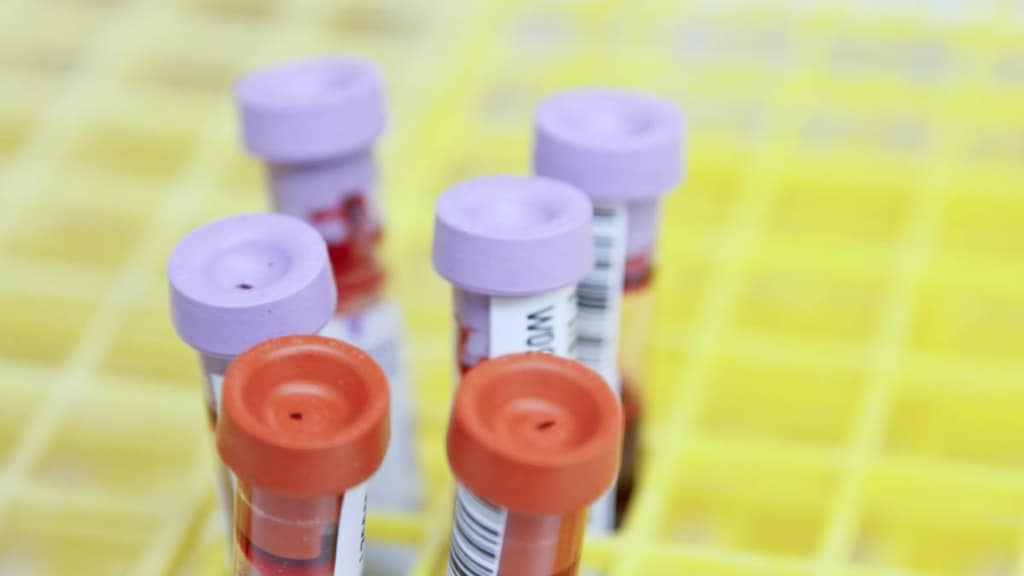What is Copaxone?
Copaxone is a prescription medicine that is used to treat relapsing forms of multiple sclerosis (MS), to include clinically isolated syndrome, relapsing-remitting disease, and active secondary progressive disease, in adults.
It is not known if Copaxone is safe and effective in children under 18 years of age.
Who should not use Copaxone?
- Do not use Copaxone if you are allergic to glatiramer acetate, mannitol or any of the ingredients in Copaxone. See the end of this leaflet for a complete list of the ingredients in Copaxone.
What should I tell my healthcare provider before using Copaxone?
Before you use Copaxone, tell your doctor if you:
- are pregnant or plan to become pregnant. It is not known if Copaxone will harm your unborn baby.
- are breastfeeding or plan to breastfeed. It is not known if Copaxone passes into your breast milk. Talk to your doctor about the best way to feed your baby while using Copaxone.
Tell your doctor about all the medicines you take, including prescription and over-the-counter medicines, vitamins, and herbal supplements.
Copaxone may affect the way other medicines work, and other medicines may affect how Copaxone works.
Know the medicines you take. Keep a list of your medicines with you to show your doctor and pharmacist when you get a new medicine.
How should I take Copaxone?
- For detailed instructions, see the instructions for use that comes with Copaxone.
- Your doctor will tell you how much Copaxone to use and when to use it.
- Copaxone is given by injection under your skin (subcutaneously).
- Use Copaxone exactly as your doctor tells you to use it.
- Since every body type is different, talk with your doctor about the injection areas that are best for you.
- You should receive your first dose of Copaxone with a doctor or nurse present. This might be at your doctor’s office or with a visiting home health nurse who will teach you how to give your Copaxone injections.
What are the possible side effects of Copaxone?
Copaxone may cause serious side effects, including:
- Immediate Post-Injection Reactions. Serious side effects may happen right after or within minutes after you inject Copaxone at any time during your course of treatment. Call your doctor right away if you have any of these immediate post-injection reaction symptoms including:
- redness to your cheeks or other parts of the body (flushing)
- chest pain
- fast heart beat
- anxiety
- breathing problems or tightness in your throat
- swelling, rash, hives, or itching
If you have symptoms of an immediate post-injection reaction, do not give yourself more injections until a doctor tells you to.
- Chest Pain. You can have chest pain as part of an immediate post-injection reaction or by itself. This type of chest pain usually lasts a few minutes and can begin around 1 month after you start using Copaxone. Call your doctor right away if you have chest pain while using Copaxone.
- Damage to your skin. Damage to the fatty tissue just under your skin’s surface (lipoatrophy) and, rarely, death of your skin tissue (necrosis) can happen when you use Copaxone. Damage to the fatty tissue under your skin can cause a “dent” at the injection site that may not go away. You can reduce your chance of developing these problems by:
- following your doctor’s instructions for how to use Copaxone
- choosing a different injection area each time you use Copaxone.
The most common side effects of Copaxone include:
- skin problems at your injection site including:
- redness
- pain
- swelling
- itching
- lumps
- rash
- shortness of breath
- flushing (vasodilation)
Tell your doctor if you have any side effect that bothers you or that does not go away.
These are not all the possible side effects of Copaxone. For more information, ask your doctor or pharmacist.
Call your doctor for medical advice about side effects. You may report side effects to FDA at 1-800-FDA-1088.
General information about the safe and effective use of Copaxone
Medicines are sometimes prescribed for purposes other than those listed in a Patient Information Leaflet. Do not use Copaxone for a condition for which it was not prescribed. Do not give Copaxone to other people, even if they have the same symptoms as you have. It may harm them.
The Patient Information Leaflet summarizes the most important information about Copaxone. If you would like more information, talk with your doctor. You can ask your pharmacist or doctor for information about Copaxone that is written for health professionals.
For more information, go to www.Copaxone.com or call 1-800-887-8100.
How should I store Copaxone?
- Store Copaxone in the refrigerator between 36°F to 46°F (2°C to 8°C).
- When you are not able to refrigerate Copaxone, you may store it for up to 1 month at room temperature between 59°F to 86°F (15°C to 30°C).
- Protect Copaxone from light or high temperature.
- Do not freeze Copaxone syringes. If a syringe freezes, throw it away in a sharps disposal container.
Keep Copaxone and all medicines out of the reach of children.
What are the ingredients in Copaxone?
Active ingredient: glatiramer acetate
Inactive ingredients: mannitol





